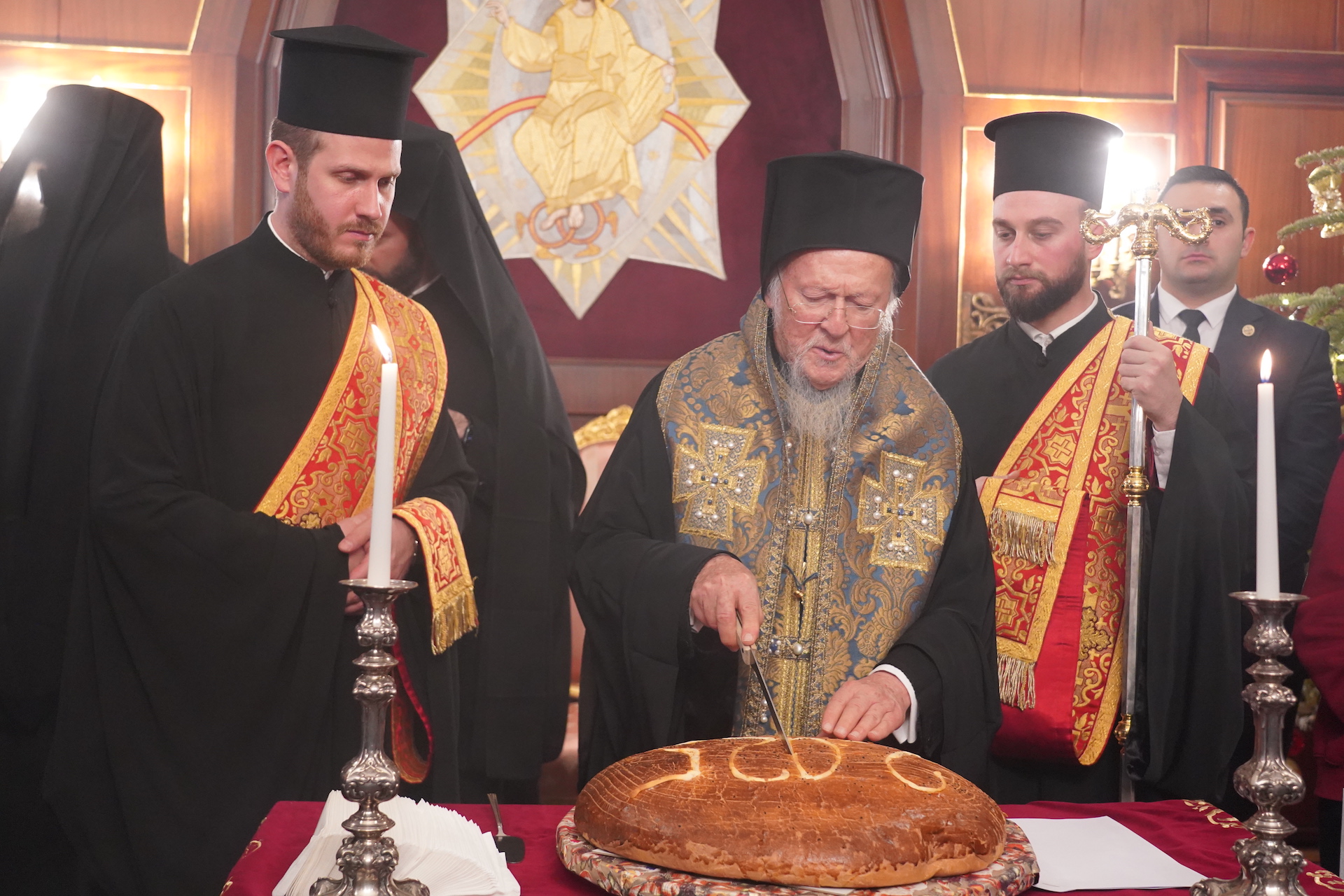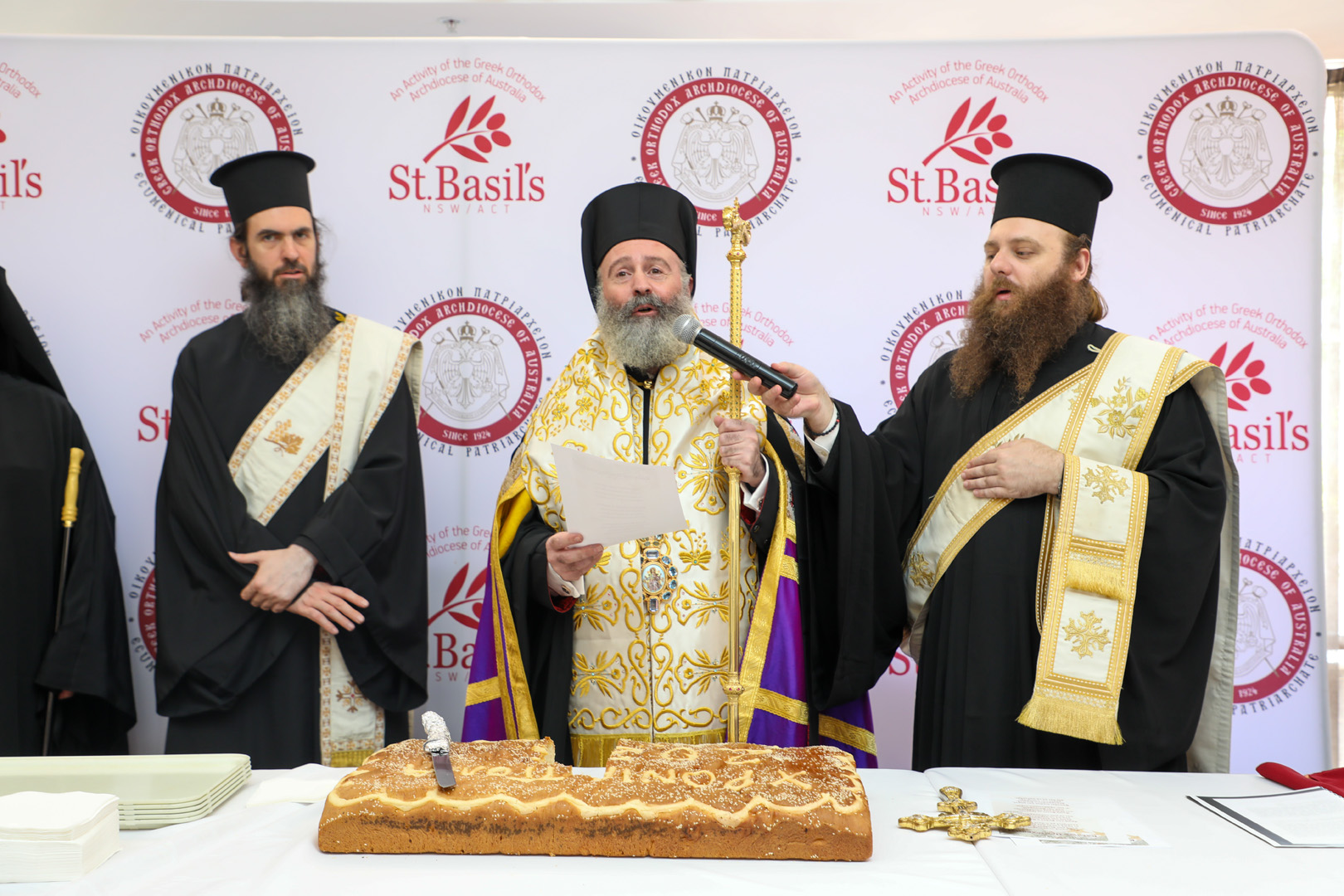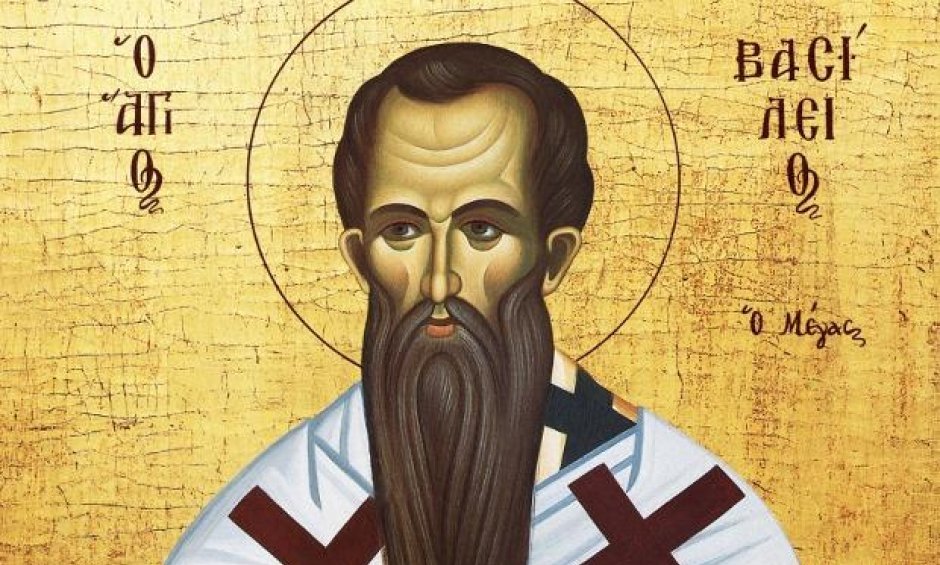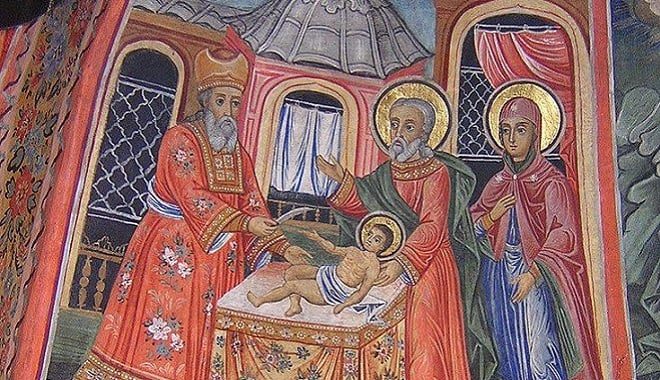Removal of the Relics of John Chrysostom, Archbishop of Constantinople (27 January)
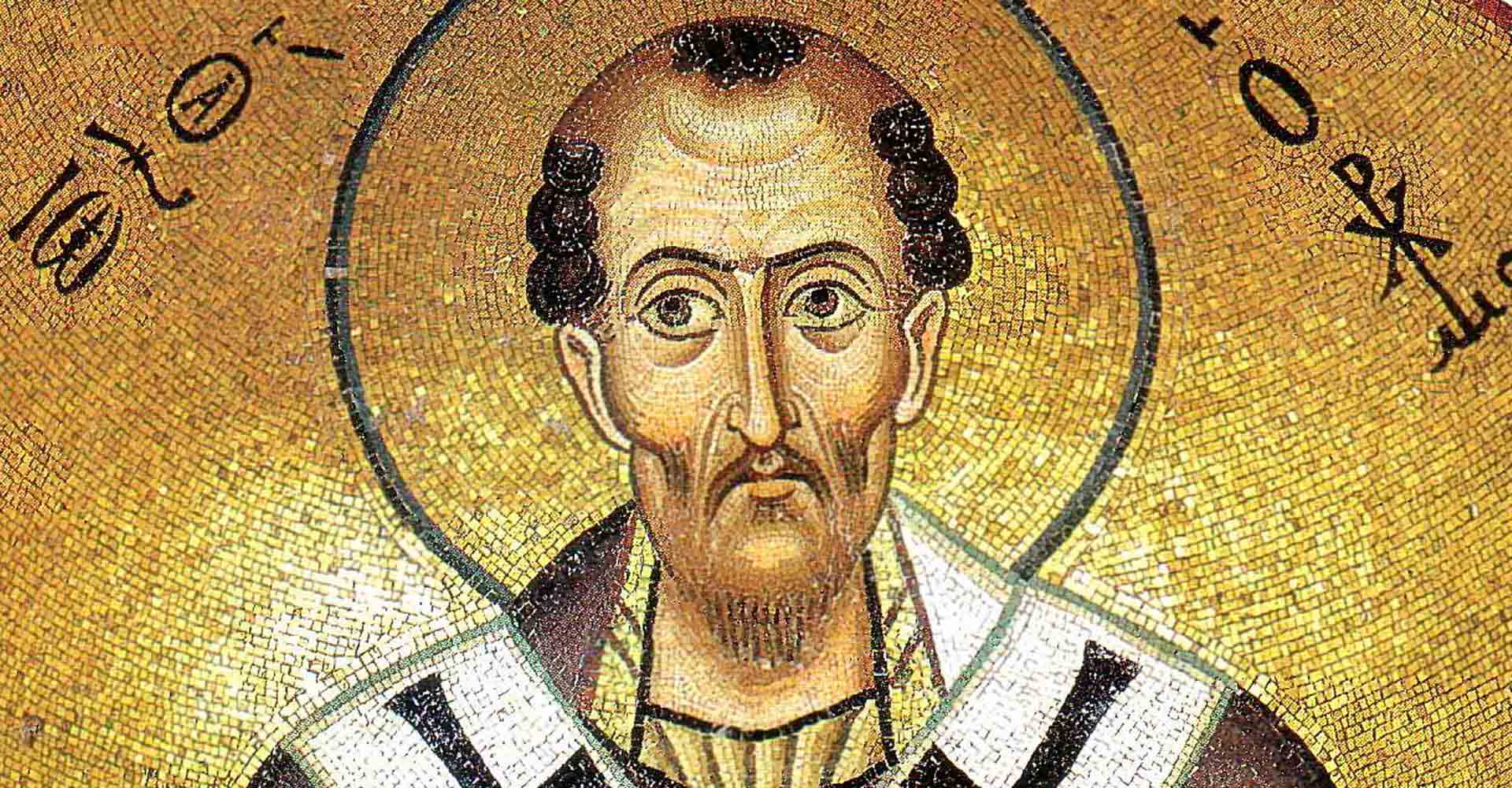

The memory of this luminary of the Church is celebrated on November 13 and January 30, but on this date the Church celebrates the translation of his honorable relics from the Georgian village of Comana, where he had reposed in exile, to Constantinople, where he had previously governed the Church.
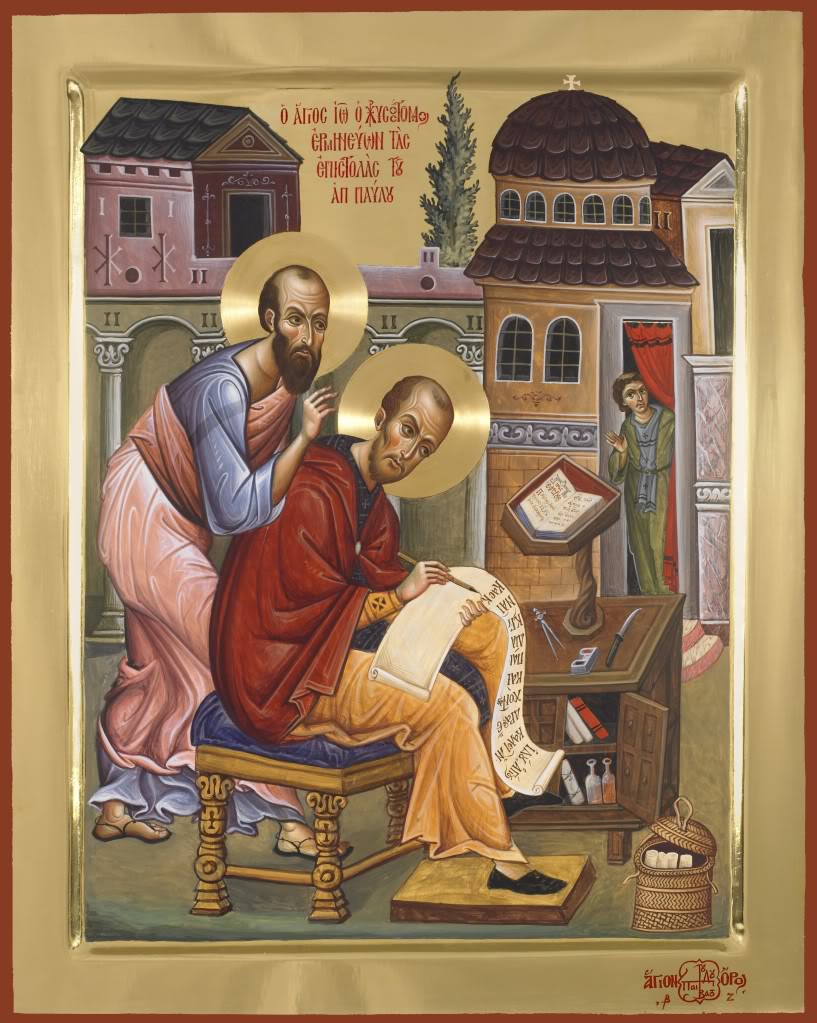

Thirty years after the death of St. John, Patriarch Proclus delivered a homily in memory of his spiritual father and teacher. He so inflamed the love of the people and the emperor, Theodosius the Younger, toward this great saint, that all of them desired that Chrysostom’s relics be translated to Constantinople. It was said that the sarcophagus containing the relics of St. John Chrysostom did not allow itself to be moved from its resting place until the emperor wrote a letter to Chrysostom begging him for forgiveness (for Theodosius’ mother, Eudoxia, was responsible for the banishment of this saint) and appealing to him to come to Constantinople, his former residence.
When this letter of repentance was placed on the sarcophagus, its weight became extremely light. At the time of the translation of his relics, many of the sick who touched the sarcophagus were healed. When the relics arrived in the capital, the emperor, in the name of his mother–as though she herself was speaking over the relics–again prayed to the saint for forgiveness: “While I lived in this transient life, I did you ill; and now, when you are living the immortal life, be of aid to my soul.
My glory passed away and did not help me at all. Help me, Father; in your glory, help me before I am condemned at the Judgment of Christ!” When the saint was brought into the Church of the Twelve Apostles and placed on the patriarchal throne, the masses of people heard from St. John Chrysostom’s mouth the words: “Peace be unto all.” The translation of the relics of St. John Chrysostom took place in the year 438 A.D.
This event took place on this day in the year 438, when Saint Theodosius the Younger had been Emperor for thirty years; he was the son of Arcadius, and Eudoxia, who had exiled Saint John. The Archbishop of Constantinople at that time was Proclus, who had been the Saint’s disciple (see Nov. 13 and Nov. 20).
Apolytikion of Relics of John Chrysostom
Plagal of the Fourth Tone
The grace of your words illuminated the universe like a shining beacon. It amassed treasures of munificence in the world. It demonstrated the greatness of humility, teaching us by your own words; therefore, O Father John Chrysostom, intercede to Christ the Logos for the salvation of our souls.
Kontakion of Relics of John Chrysostom
First Tone
The holy and august Church is mystically gladdened today on the translation of thy holy relics. And though she had kept them hid in concealment like precious gold, by thine intercessions she unceasingly granteth, unto them that praise thee, the divine grace of healing, O Father John Chrysostom.
Source: goarch.org

